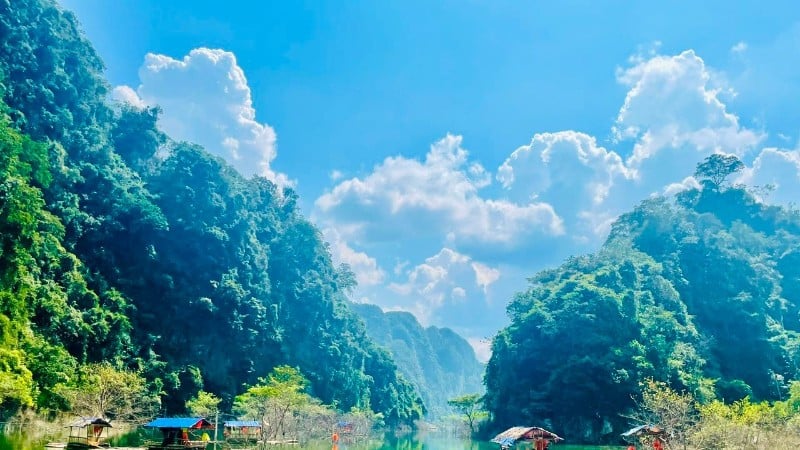
This is not only a "gold mine" of international value in archaeology, geology and geomorphology, but also a space to preserve unique features in history and indigenous culture, opening up great potential for sustainable tourism development associated with nature conservation and traditional identity.
From geological resources to attractive destinations
Vietnam's global geoparks recognized by UNESCO include: Dong Van Karst Plateau Geopark (recognized in 2010), Cao Bang Non Nuoc Geopark (2018), Dak Nong Geopark (2020) and Lang Son Geopark (2024).
Each park is considered a "living geological museum" demonstrating the harmonious and close connection between the diversity and majesty of nature and the richness and uniqueness of ethnic cultural colors.
Dong Van Stone Plateau attracts with its majestic limestone karst terrain associated with the customs, architecture, and traditional occupations of the villages of the H'Mong, Dao, Lo Lo, Tay people... Cao Bang's mountains and rivers impress with its system of limestone mountains interspersed with rivers and streams, Ban Gioc waterfall and many archaeological sites, where the cultural imprints of the Tay, Nung, and H'Mong ethnic groups are deeply imprinted... Dak Nong Geopark stands out with its system of basalt volcanic caves and gong cultural space, the intangible cultural heritage of the M'Nong and Ede people... Lang Son Geopark leaves its mark with ancient rock sediments, a majestic cave system, and the unique cultural life of the Tay, Nung, and Dao people...
In recent times, based on exploiting the unique values of global geoparks, many tourism products have taken shape, gradually turning geoparks into competitive advantages of local tourism.
In recent times, based on the exploitation of the unique values of global geoparks, many tourism products have been formed, gradually turning geoparks into competitive advantages for local tourism. A typical example is the Dong Van Stone Plateau. Here, many unique natural and cultural resources have become "magnets" attracting visitors, such as the Tu San Gorge heritage cluster, Nho Que River, Ma Pi Leng Pass, Lung Cu flagpole, Vuong House relics, Lung Cam and Lo Lo Chai community villages... The Stone Plateau Management Board has built 4 experience routes with 59 typical resource points.
In Non Nuoc Cao Bang Global Geopark, 4 tourist experience routes with 57 sightseeing spots have also been deployed. Among them, many destinations are loved by tourists such as: Ban Gioc Waterfall, Nguom Ngao Cave, Phia Oac-Phia Den National Park, Pac Bo relic site, Khuoi Ky village, Hoai Khao...
With Dak Nong UNESCO Global Geopark, the Management Board has formed 3 tourist routes connecting 41 resource points, notably Ta Dung Lake, Dray Sap Waterfall, Dak Mil Prison, N'Trang Guh Historical Monument, Buor Village, Nui Village...
Four tourist routes associated with 38 sites of Lang Son UNESCO Global Geopark are also being focused on construction.
Create attraction from unique products
The reality of tourism development in global geoparks is still showing a large gap compared to the potential. The level of tourism exploitation in the four parks is clearly different in terms of efficiency and sustainability.
Dr. Nguyen Xuan Hai (Faculty of Tourism and Foreign Languages, Vietnam Academy of Agriculture) commented that the biggest “bottleneck” lies in the poor and low-quality tourism product system. More alarmingly, many unique and special resource values have not been exploited to their full potential, a typical example is the case of Dak Nong Global Geopark. Almost all of the volcanic cave resources (nearly 50 caves) here have not been invested in and exploited.
It is necessary to develop special tourism products at global geoparks in a specialized direction, which can be divided into 3 levels: Advanced (geological exploration tourism for experts and students), intermediate (adventure and health care tourism, such as mountain climbing, boating... combined with geological exploration), basic (cultural tourism, visiting historical sites, experiencing local cuisine and festivals).
Dr. Nguyen Xuan Hai (Faculty of Tourism and Foreign Languages, Vietnam National University of Agriculture)
Dr. Nguyen Xuan Hai said that it is necessary to develop special tourism products at global geoparks in a specialized direction, which can be divided into 3 levels: Advanced (geological exploration tourism for experts and students), intermediate (adventure and health care tourism, such as mountain climbing, boating, etc. combined with geological exploration), basic (cultural tourism, visiting historical sites, experiencing local cuisine and festivals).
Mr. Cao Quoc Chung, Deputy Director of Vidotour Asia Tourism and Trade Co., Ltd., Hanoi branch, affirmed: Tourism products at global geoparks that want to attract visitors must be tangible so that visitors can see, touch and feel. Scientific values of geology, geography and history need to be closely linked with the beauty of natural landscapes and indigenous cultural elements, creating "stories" for the destination.
Mr. Chung also noted that the three global geoparks of Dong Van, Cao Bang, and Lang Son together form a northeastern tourist route, but it is necessary to diversify products to avoid duplication and direct competition.
Source: https://nhandan.vn/tiem-nang-lon-cho-du-lich-vung-nui-post920637.html



![[Photo] Opening of the 14th Conference of the 13th Party Central Committee](https://vphoto.vietnam.vn/thumb/1200x675/vietnam/resource/IMAGE/2025/11/05/1762310995216_a5-bnd-5742-5255-jpg.webp)










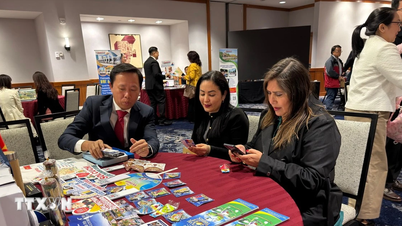
![[Photo] Discover Con Ho on the Co Chien River](https://vphoto.vietnam.vn/thumb/402x226/vietnam/resource/IMAGE/2025/11/05/1762321199846_1-64-jpg.webp)







![[Video] Not Alone - Online Safety Day](https://vphoto.vietnam.vn/thumb/402x226/vietnam/resource/IMAGE/2025/11/05/1762347906381_sequence-0100-00-17-02still001-jpg.webp)
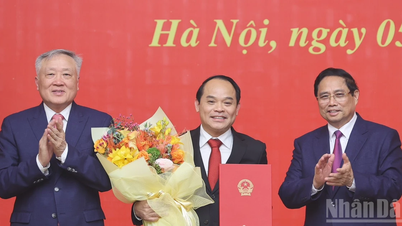

![[Photo] Panorama of the Patriotic Emulation Congress of Nhan Dan Newspaper for the period 2025-2030](https://vphoto.vietnam.vn/thumb/1200x675/vietnam/resource/IMAGE/2025/11/04/1762252775462_ndo_br_dhthiduayeuncbaond-6125-jpg.webp)



































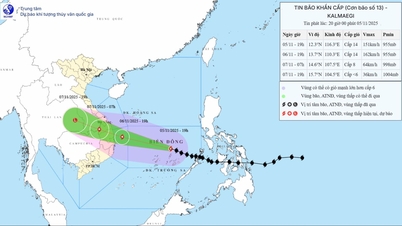

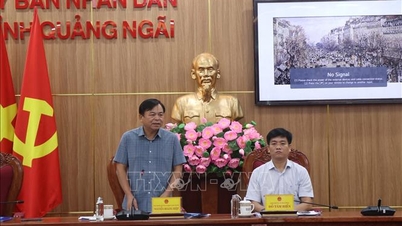


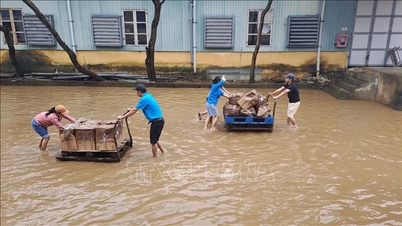


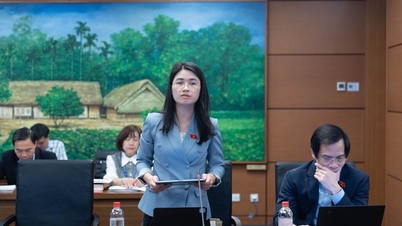


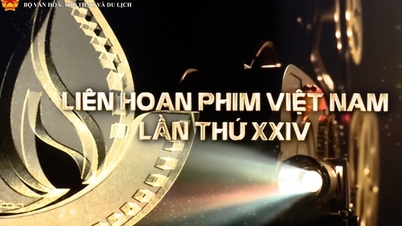

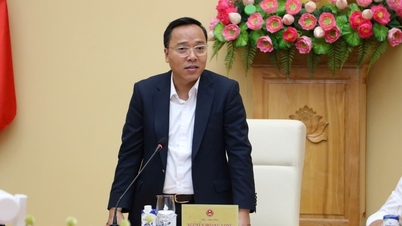

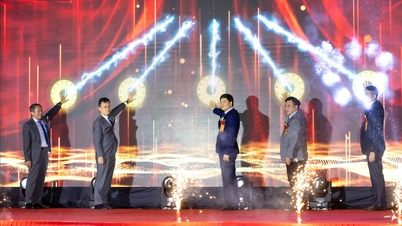

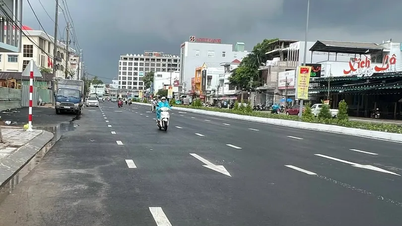

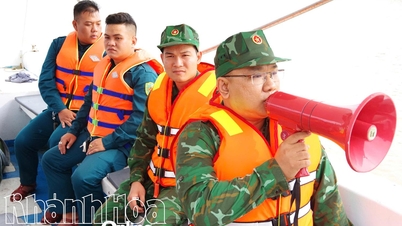

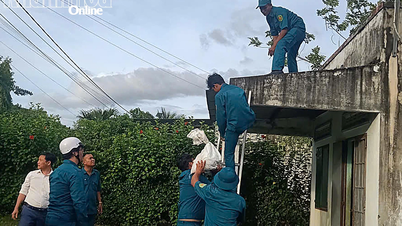
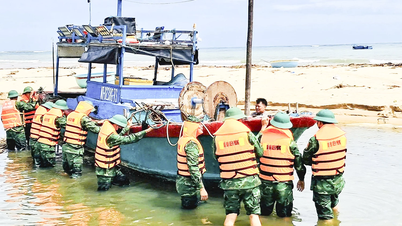
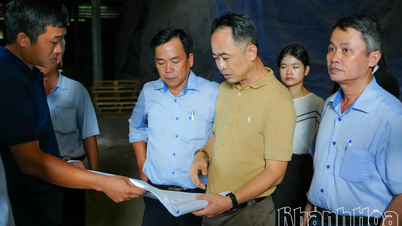












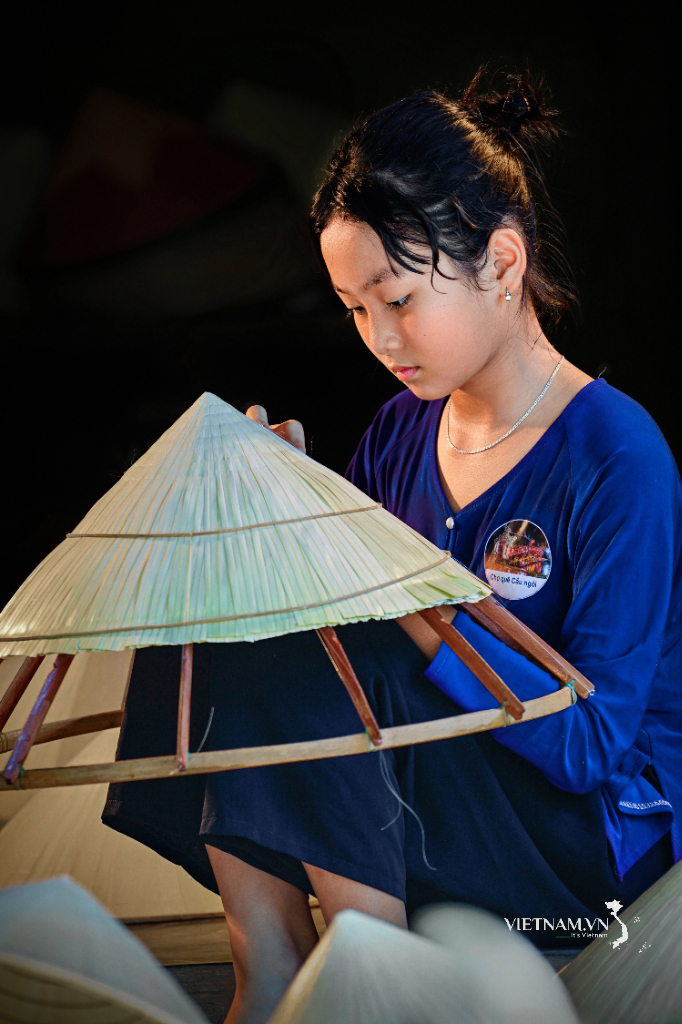

Comment (0)